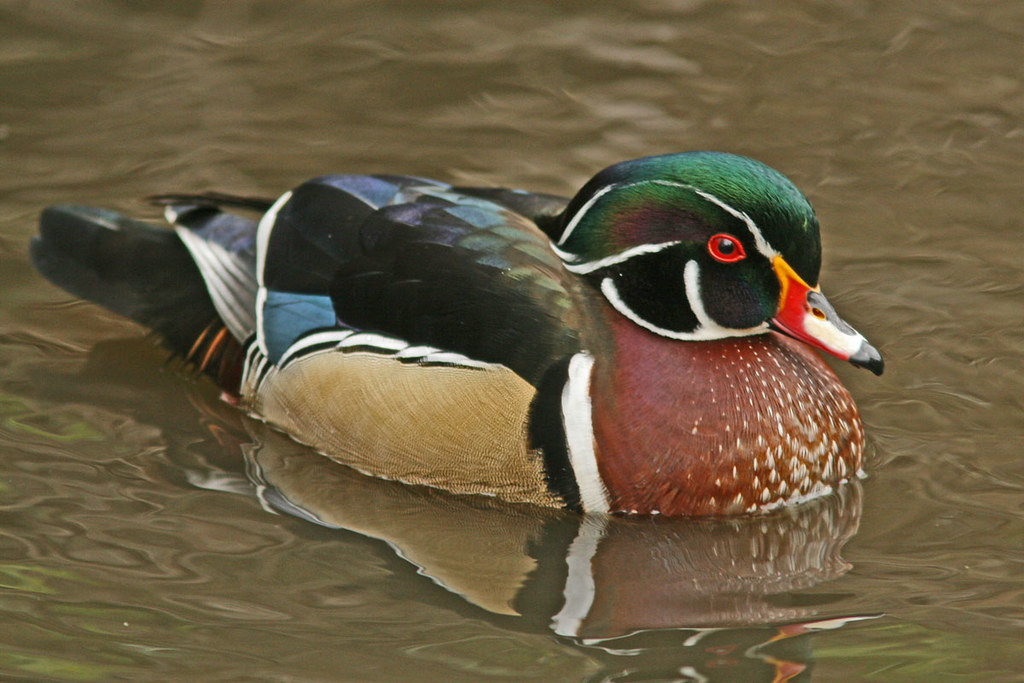
Wood Duck: The Comeback of a Feathered Gem
By Holly Hastings Have you ever craned your neck to see better the bright, beautiful feathers of a bird perched in a tree, only to

By Holly Hastings Have you ever craned your neck to see better the bright, beautiful feathers of a bird perched in a tree, only to
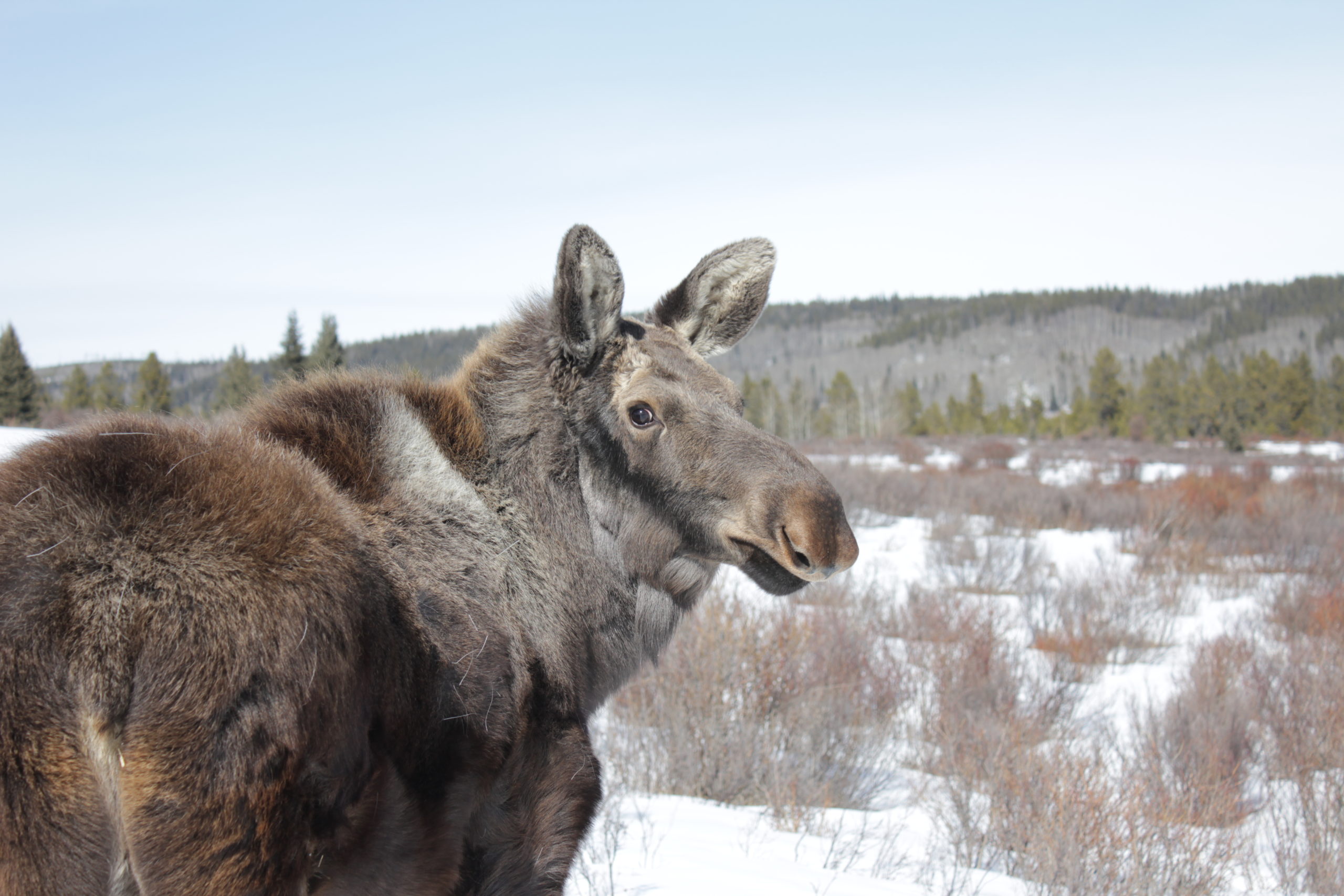
by Katie Grant Living alongside moose is not uncommon with cities and towns taking over more and more of their natural habitat. As the largest
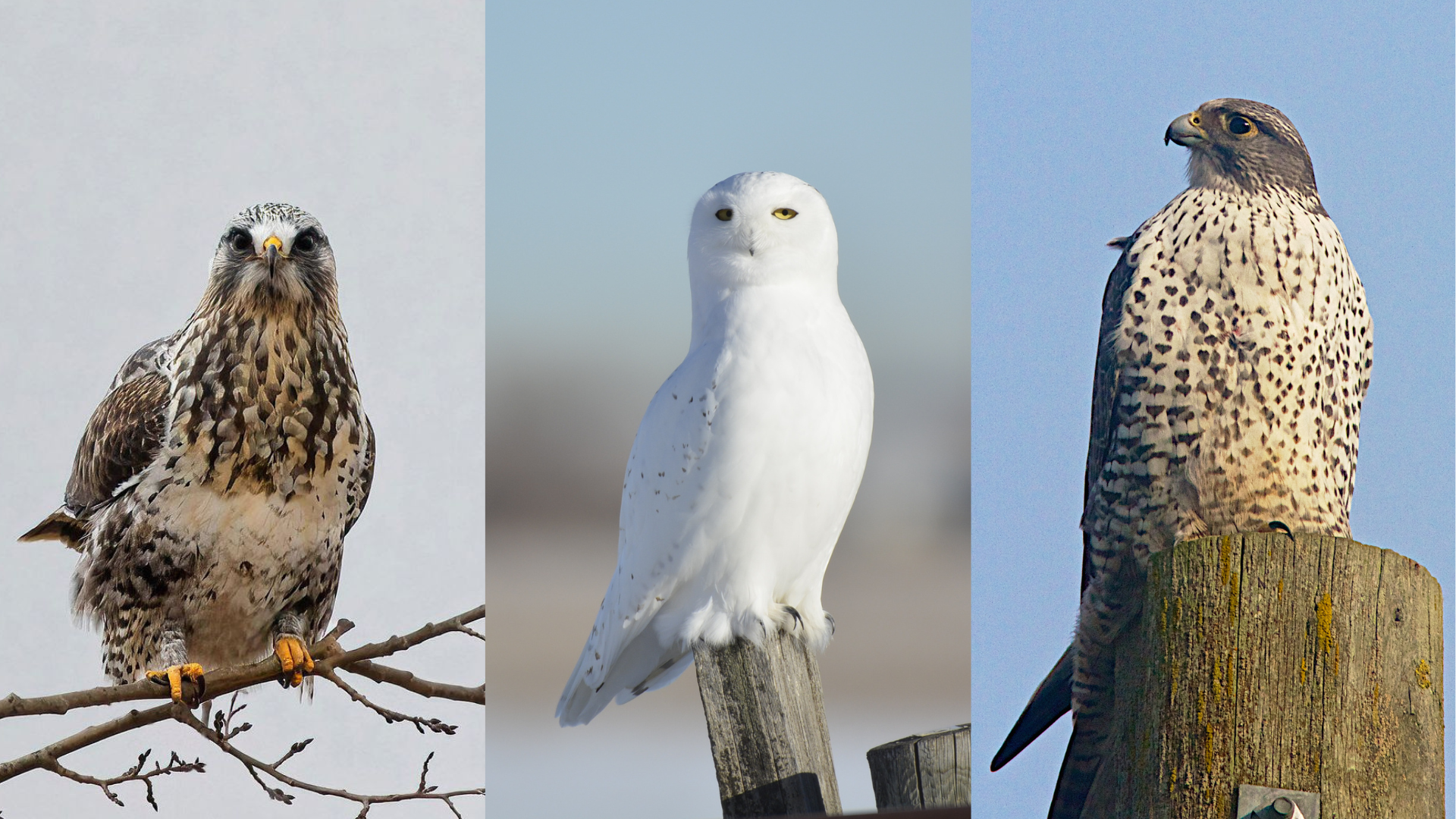
by Jennea Frischke A variety of birds migrate to Alberta from the Arctic each winter – including 3 very special raptors: the snowy owl, the
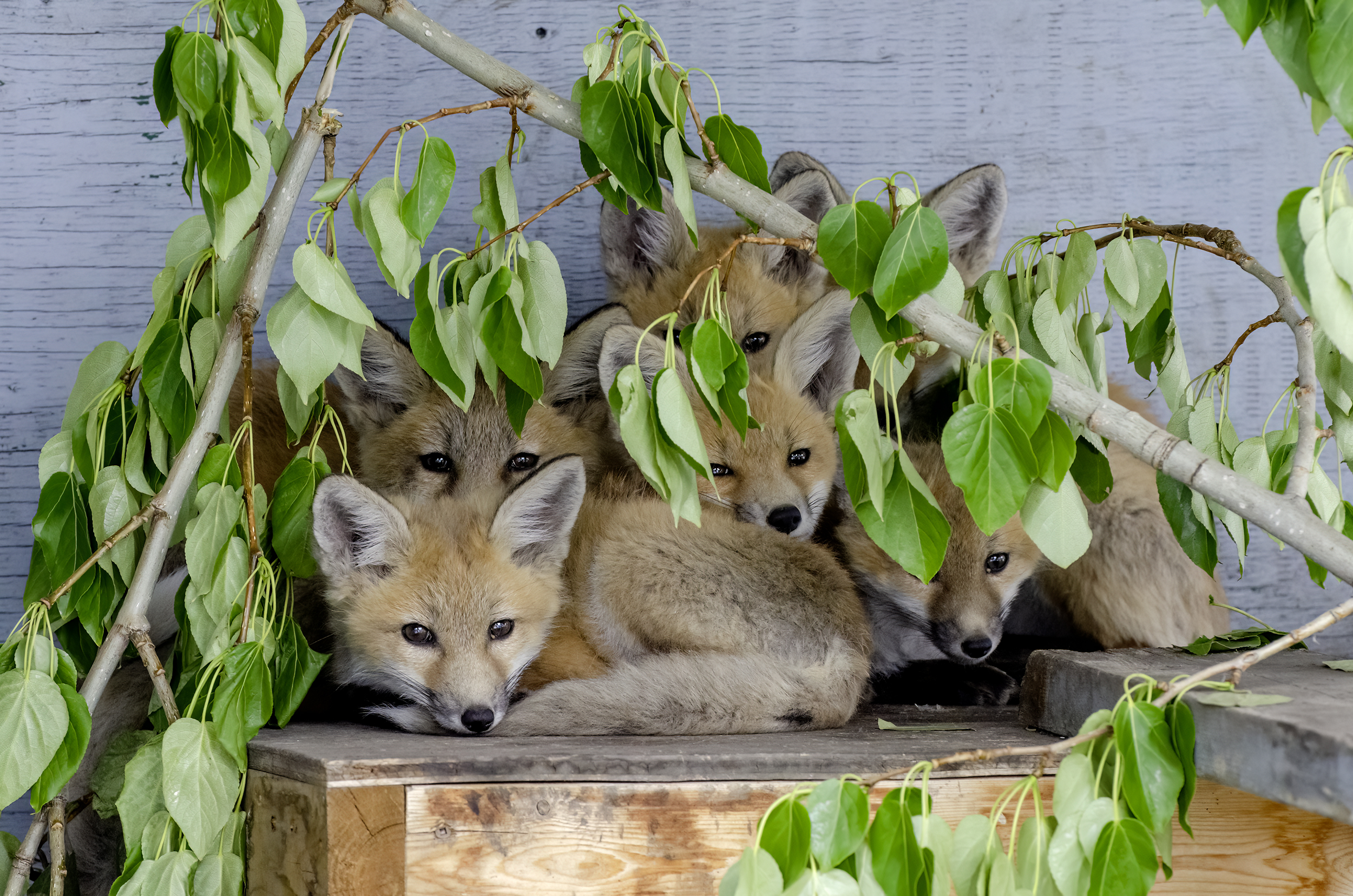
By Katie Grant Red foxes organize their small family groups (called “leashes” or “skulks”) through a social hierarchy. At the top of the pack are

By Courtney Collins Western tiger salamanders (Ambystoma mavortium) are found from inland British Columbia to western Manitoba and are divided into two populations: the Southern
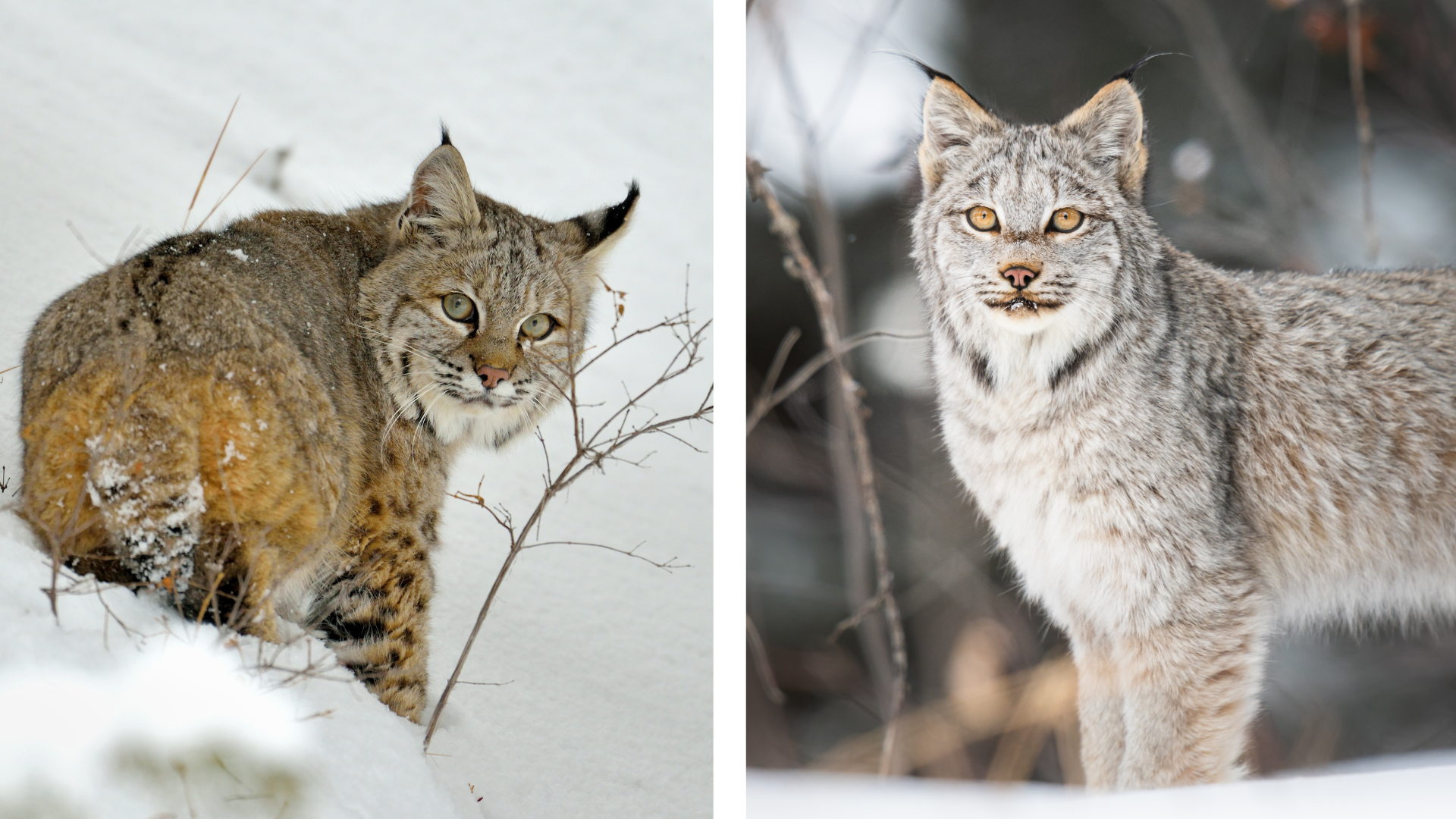
By Chelsea Blyth Here in Alberta, we are lucky to share our landscape with a variety of incredible wildlife, including two elusive wild cats of
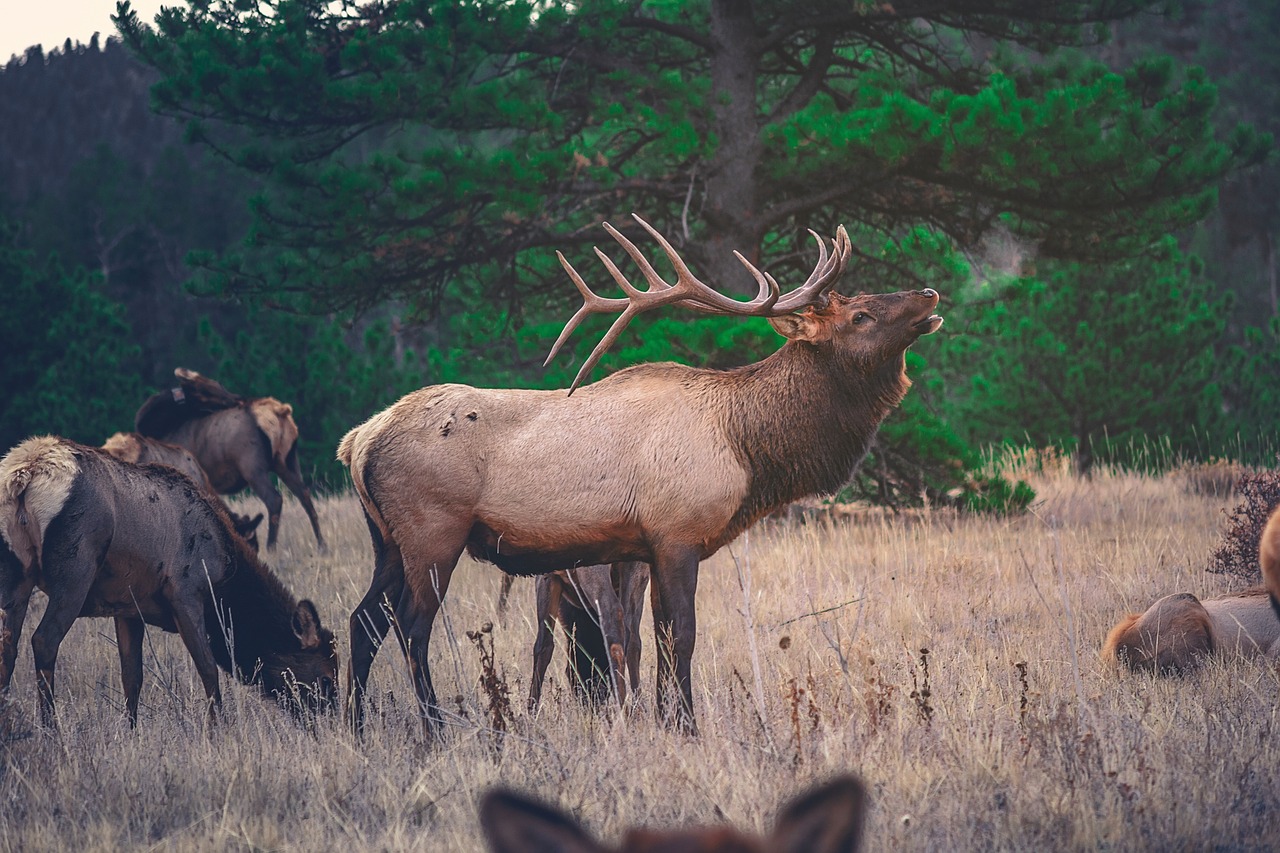
By Julia Guame What is Rutting Season? Rutting season is the annual mating time for various animals including deer, moose and elk.1 During this time,
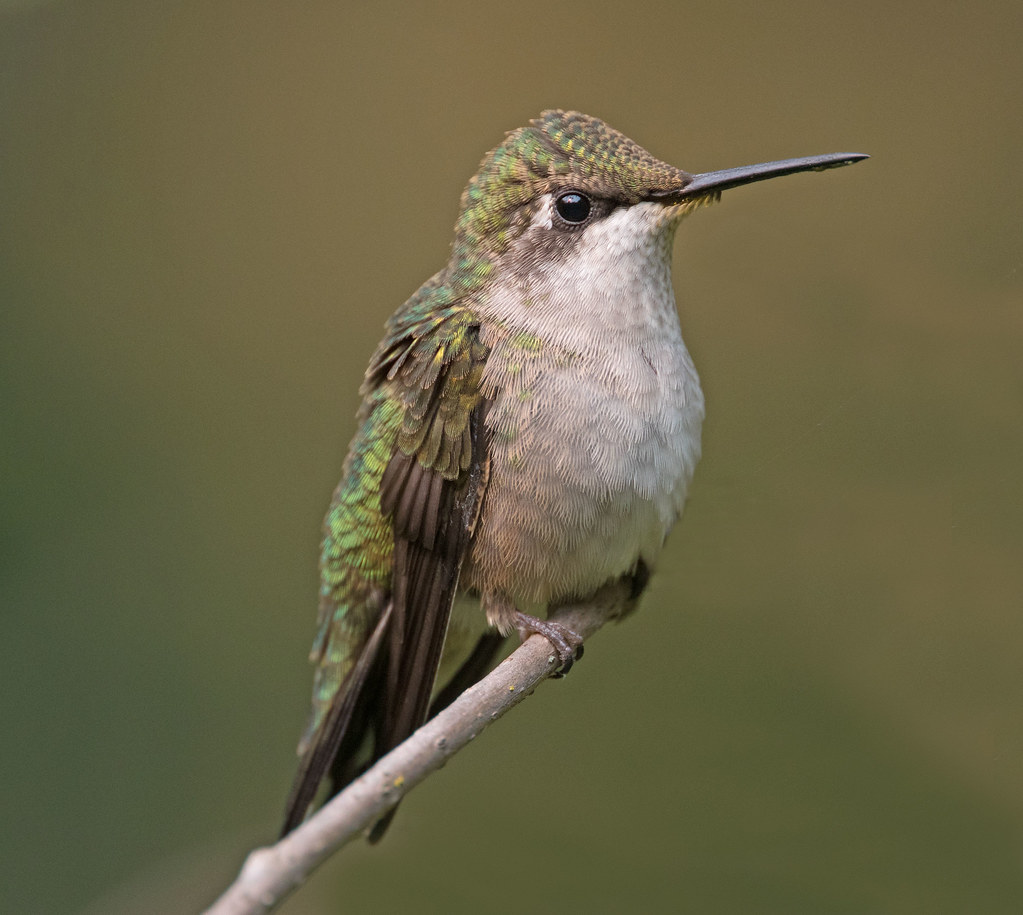
by Holly Hastings Alberta is fortunate to be the “Canadian sweet spot for hummingbird species.”1 We are home to three year-round species: the ruby-throated, calliope,
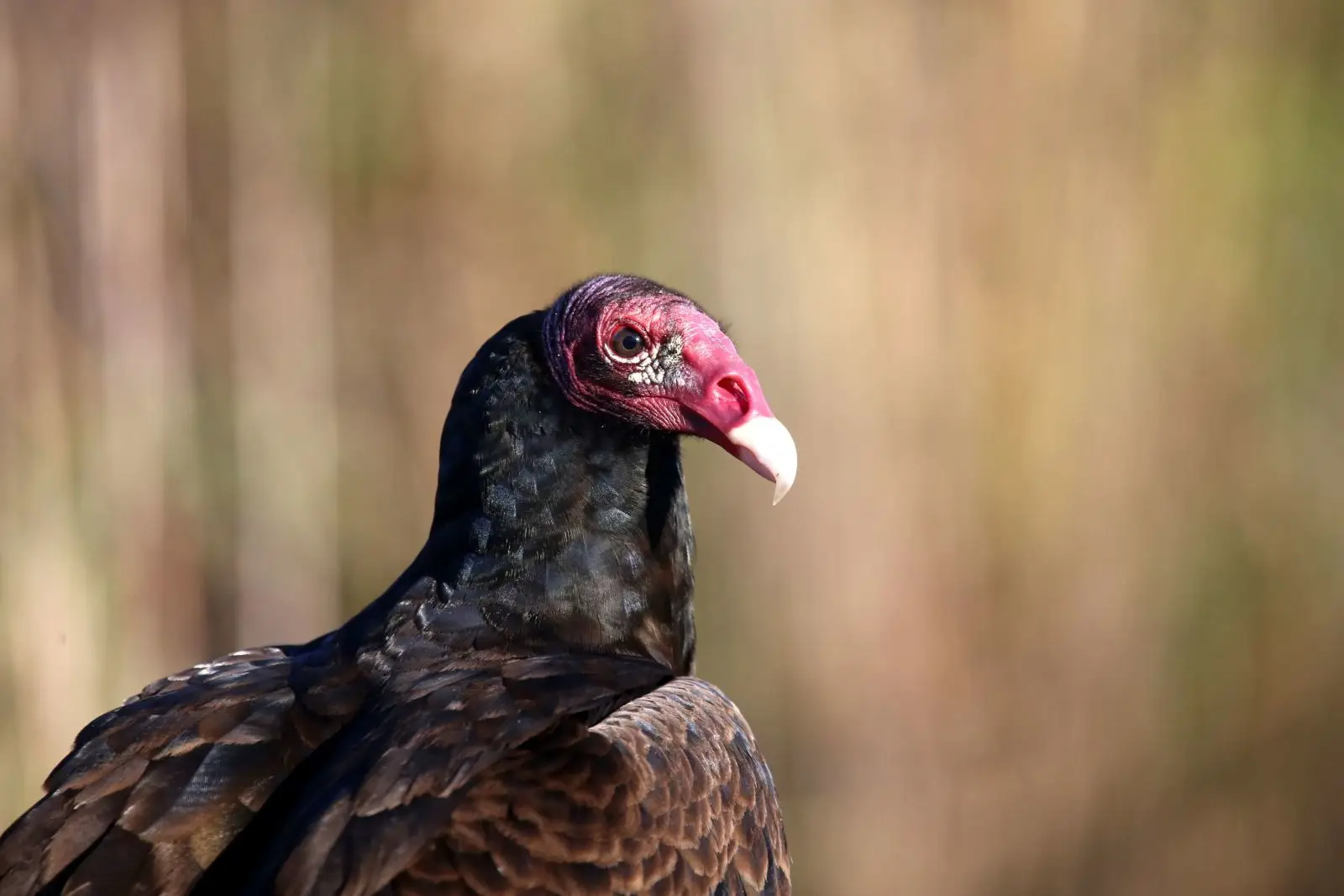
by Marissa Hansen Alberta is home to a myriad of wildlife, but one bird holds a special place as the province’s only vulture—the turkey vulture
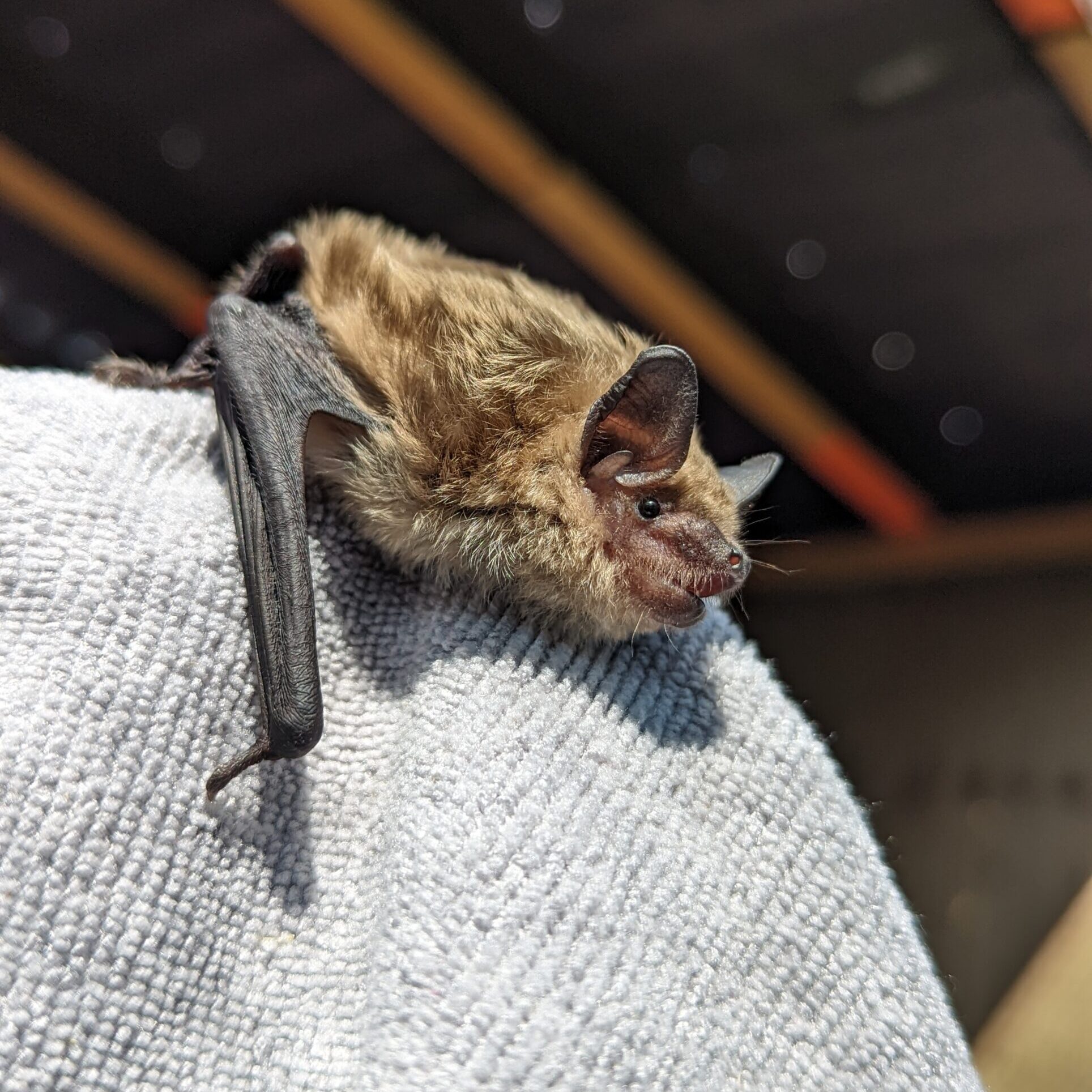
By Holly Hastings Alberta is home to nine species of bats; for a list of species, click here. They can be split into two groups:1
Charitable Registration #: 14041 6140 RR0001
Website Design by Konstruct Digital
© Copyright 2025 AIWC